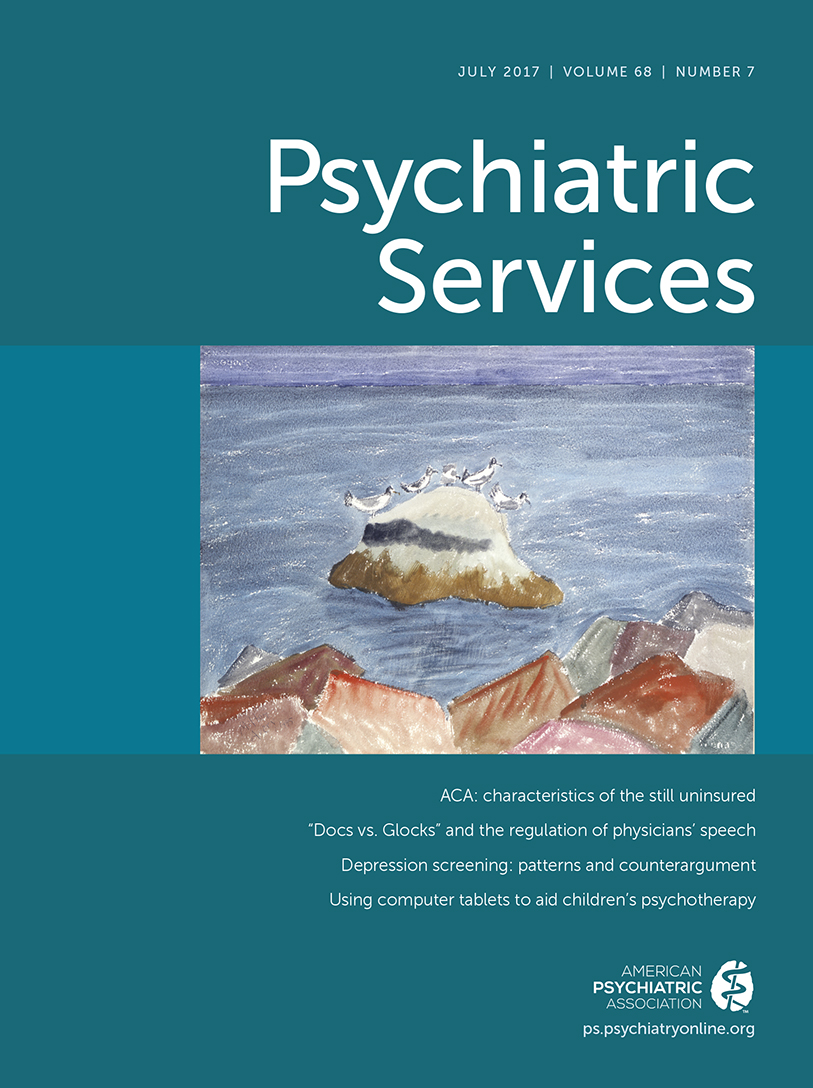Characteristics of Individuals With Behavioral Health Conditions Who Remain Uninsured After Full Implementation of the ACA
Abstract
Objective:
Since full implementation of the Affordable Care Act (ACA) in 2014, the number of uninsured individuals in the United States has declined considerably; however, millions still lack health insurance. Although 29% of the remaining uninsured population (8.5 million individuals) have a mental or substance use disorder, little is known about this population.
Methods:
This study used data from the 2014 National Survey on Drug Use and Health to describe demographic characteristics, socioeconomic status, and use of behavioral health services among adults (ages 18–64) with a behavioral disorder who remained uninsured (unweighted N=2,300; weighted N of approximately 8.5 million).
Results:
Over half of individuals with a behavioral disorder who remained uninsured were non-Hispanic whites. The largest age group was 26- to 35-year-olds. Most worked in clerical or blue-collar occupations, and less than 20% were college graduates and above. More than 90% could qualify for insurance assistance under the ACA, either through Medicaid eligibility (income <138% of the federal poverty level [FPL]) or eligibility for cost-sharing subsidies or tax credits on the health insurance exchanges (income ≥138% but <400% of the FPL). Rates of behavioral health treatment were low; however, nearly half of Medicaid-eligible individuals (46%) reported a past-year emergency department visit.
Conclusions:
The high proportion of behavioral health conditions among the remaining uninsured population, and the fact that a significant portion of this population would be eligible for ACA insurance support, highlights the need for continued educational outreach efforts and steps to remove barriers to treatment access.



